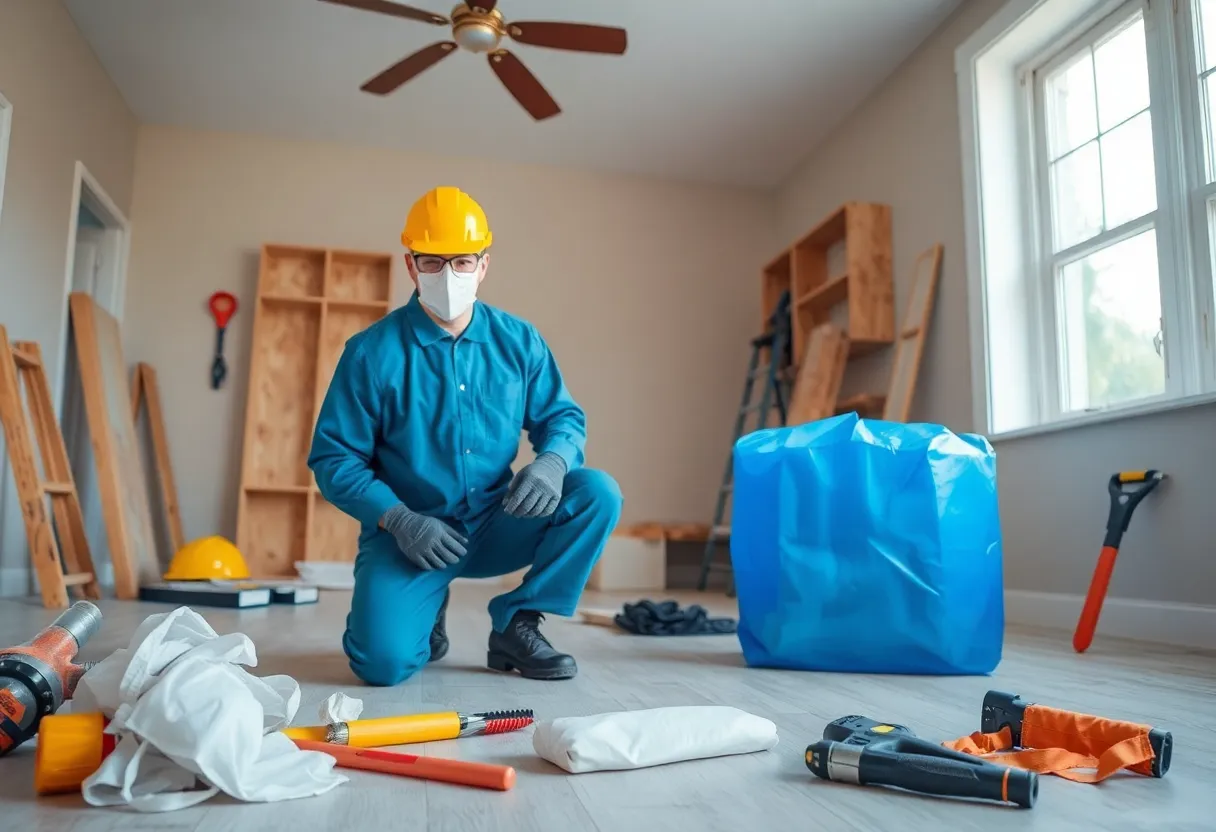What Are the Top 5 Home Maintenance Tasks Every New Homeowner Should Know?
Owning a home entails more than enjoying its comforts; it requires ongoing maintenance to preserve value, ensure safety, and optimize functionality. For new homeowners, understanding essential tasks is critical to avoiding costly repairs down the line. This comprehensive guide highlights the top five home maintenance tasks every new homeowner must master, emphasizing crucial steps, timing, and practical tips. Proper execution of these tasks ensures your house remains a safe, efficient, and welcoming environment for years to come.
1. Regular Inspection of the Roofing System
Why Roof Maintenance Is Critical
The roof acts as the home’s primary barrier against the elements. Even minor damage can lead to water intrusion, mold growth, and structural issues. Regular inspections catch potential problems early, minimizing repair costs.
Key Inspection Points
- Shingle Condition: Look for missing, cracked, or curling shingles. These are signs of deterioration.
- Flashing and Sealants: Check around chimneys, vents, and skylights for cracks or gaps.
- Gutter Functionality: Ensure gutters are clear of debris to prevent water buildup and ice dam formation in winter.
- Sagging or Buckling: Identify areas where the roof appears to sag, which could indicate structural issues.
Frequency and Best Practices
Perform visual inspections at least twice a year—ideally in spring and fall. After severe weather events, inspect for damage immediately. Consider professional assessments every few years to evaluate roof integrity comprehensively, especially for older roofs.
2. HVAC System Maintenance
Importance of Heating, Ventilation, and Air Conditioning (HVAC) Care
The HVAC system maintains indoor air quality and thermal comfort. Proper upkeep enhances efficiency, reduces energy bills, and extends system lifespan.
Core Tasks for HVAC Maintenance
- Filter Replacement: Swap filters every 1-3 months. Use filters with a MERV rating suitable for your system.
- Cleaning Ducts and Vents: While comprehensive duct cleaning might not be necessary annually, ensure vents are free of dust and obstructions.
- Thermostat Calibration: Confirm the thermostat accurately reads temperature and functions correctly.
- System Inspection: Schedule professional tune-ups annually, ideally before peak seasons of heating or cooling.
Benefits of Proper HVAC Maintenance
Proactive care improves energy efficiency, prevents costly breakdowns, and maintains optimal indoor comfort. It also helps identify potential issues, such as refrigerant leaks or worn components, early enough for repairs to be inexpensive.
3. Plumbing System Checks
Maintaining Water and Waste Management
A reliable plumbing system is crucial for sanitary living. Regular checks help prevent leaks, clogs, and water damage, which can lead to significant repair costs if neglected.
Essential Plumbing Maintenance Tasks
- Inspect for Leaks: Regularly examine under sinks, around toilets, and near appliances for signs of water staining or pooling.
- Test Water Pressure: Use a pressure gauge to ensure it remains within the recommended range (usually 40-80 psi). Low pressure can indicate blockages, while high pressure risks pipe damage.
- Drain Cleaning: Avoid chemical drain cleaners; instead, use enzymatic solutions or mechanical snakes for stubborn clogs.
- Check for Sewer Backups: Be alert to slow drains, gurgling sounds, or unpleasant smells, which suggest sewer line issues.
- Inspect Water Heater: Flush sediment from the tank annually and inspect for corrosion or leaks.
Why Regular Plumbing Checks Matter
Early detection prevents flooding, mold growth, and water waste. Maintaining plumbing safety also safeguards structural integrity and preserves the home’s value.
4. Electrical System Evaluation
The Vital Role of Electrical Safety
An up-to-date and well-maintained electrical system reduces fire risks, ensures reliable power supply, and supports modern appliances and technology.
Key Electrical Maintenance Tasks
- Inspect Outlets and Switches: Look for scorch marks, loose connections, or sparks.
- Test Ground Fault Circuit Interrupters (GFCIs): In kitchens, bathrooms, and outdoor outlets, press the test button monthly to ensure safety.
- Assess Circuit Load: Avoid overloads by limiting the number of high-wattage devices on a single circuit.
- Upgrade Old Wiring: For homes built decades ago, consider rewiring or updating panels to meet current safety standards.
- Hire Certified Electricians for Inspections: Conduct comprehensive inspections every few years, especially before remodeling or significant electrical upgrades.
Electrical Safety Tips
Do not attempt to repair electrical components yourself unless qualified. Use surge protectors, avoid daisy-chaining extension cords, and keep outlets away from water sources.
5. Exterior Maintenance and Landscaping
Enhancing Curb Appeal and Structural Integrity
Exterior upkeep preserves home appearance and prevents issues like foundation damage, pest infestation, and water intrusion. It encompasses tasks from siding repairs to landscaping management.
Key Exterior Maintenance Tasks
- Siding and Paint: Inspect for cracks, peeling paint, or rot. Repaint or repair as needed to prevent exposure to moisture.
- Foundation Checks: Look for new cracks or shifts in soil that may indicate settlement or water problems.
- Gutter and Downspout Cleaning: Keep clear of leaves and debris, ensuring proper drainage away from the foundation.
- Tree and Plant Care: Trim branches away from the house, and manage yard grading to direct water runoff away from the foundation.
- Driveway and Walkway Inspection: Repair cracks to prevent falls and further deterioration.
Landscaping’s Role in Home Maintenance
Proper landscaping limits water intrusion, reduces pest access, and maintains the home’s aesthetic integrity. Mulch beds, clear debris regularly, and address drainage issues promptly.
Conclusion: Prioritizing Proactive Maintenance
Mastering these five fundamental maintenance tasks ensures your home remains a safe, efficient, and comfortable sanctuary. Consistent, scheduled inspections and repairs protect your investment and minimize emergency disruptions. Establishing routines and leveraging professional services when needed will undoubtedly simplify homeownership.
Remember, preventative maintenance is always more cost-effective than reactive repairs. Implement these core practices at regular intervals, stay vigilant for early warning signs, and your home will serve you well for many years.
Author: STAFF HERE VIRGINIA BEACH WRITER
The VIRGINIA BEACH STAFF WRITER represents the seasoned team at HEREVirginiaBeach.com, your trusted source for actionable local news and information in Virginia Beach, Virginia Beach City, and beyond, delivering "news you can use" with comprehensive coverage of product reviews for personal and business needs, local business directories, politics, real estate trends, neighborhood insights, and state news impacting the region—supported by years of expert reporting and strong community input, including local press releases and business updates, while offering top reporting on high-profile events like the Virginia Beach Neptune Festival, East Coast Surfing Championship, and military homecoming celebrations, alongside key organizations such as the Virginia Aquarium, Virginia Beach Convention Center, and Oceana Naval Air Station, plus leading businesses in tourism and defense like Busch Gardens and Northrop Grumman, and as part of the broader HERE network including HEREWilliamsburg.com, providing credible, in-depth insights into Virginia's vibrant landscape. HERE Virginia Beach HERE Williamsburg





